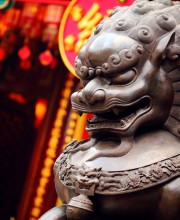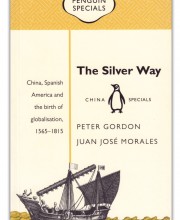WITH China running out of room to retaliate on goods as the U.S. ramps up tariffs, it could opt to pursue non-tariff actions affecting services and investments from the U.S. says ratings agency Standard and Poor's . . .
HONG KONG -- With China retaliating against the U.S. announcement of tariffs on US$200 billion of Chinese imports -- by imposing 5% to 10% tariffs on U.S. imports valued at US$60 billion effective September 24 -- ratings agency Standard and Poors is predicting what it calls "the shock arising from this escalation by both sides" to eventually have a larger proportionate impact on the U.S. economy than on China's.
U.S. tariffs imposed or to be imposed on Chinese imports now total US$250 billion, which represents about 50% of the US$505 billion value of China's annual exports to the U.S., S&P says.
Chinese tariffs imposed or to be imposed on U.S. imports now total US$110 billion, representing about 85% of the US$130 billion value of U.S. annual exports to China.
"In the event of a trade war that sees
escalation of the current U.S.-China trade dispute to one where 25% tariffs are imposed on all non-fuel goods between the two largest economies, with a shock to confidence added in, roughly 1.2% cumulatively could be shaved off U.S. GDP over 2019-2021," S&P says.
"For China, the loss to GDP would be around one per cent.
















